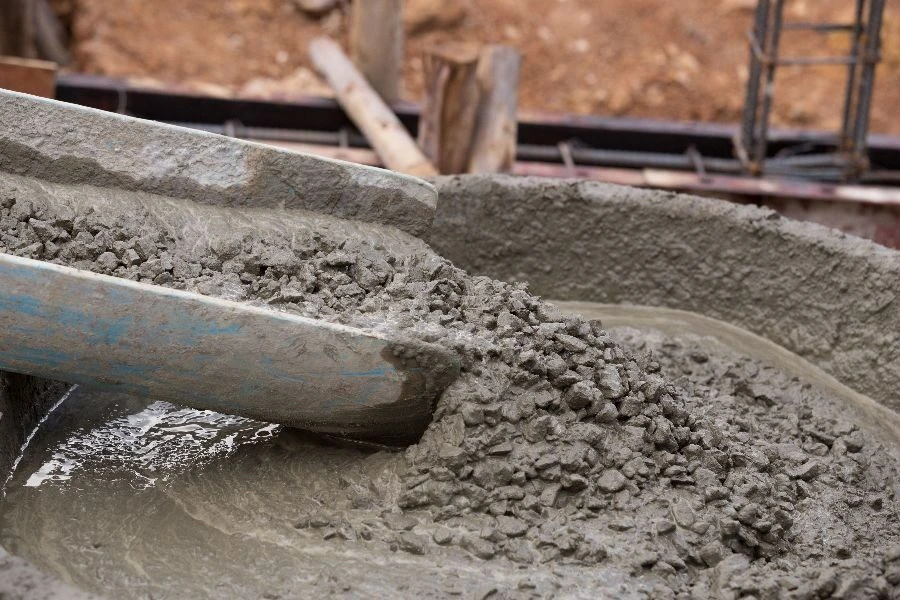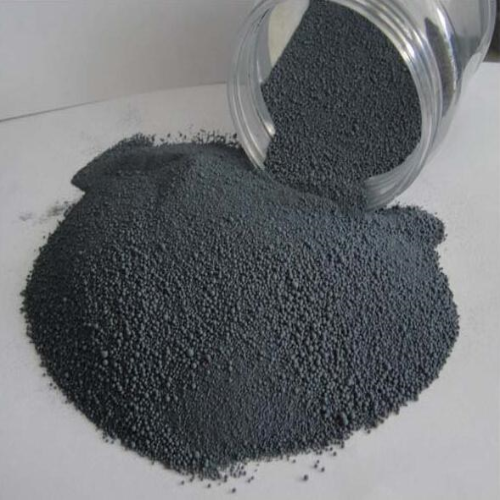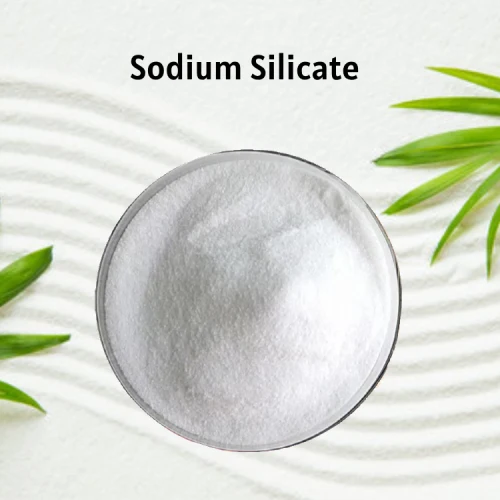Concrete is renowned as a main component in construction due to its strength and durability. In fact, concrete has been greatly utilized to shape our surroundings. However, this all comes with the cost of harming the environment due to the high application of concrete. This leads to serious discussions and prompts a balance between progress, preservation, and sustainability.
Table of Contents
The rising pollution level indicates the need to consider the environment and take action to protect it through sustainable development. There is no point in making buildings that will harm our ecosystem so far. Therefore, construction chemical manufacturers innovated some chemicals that will replace the toxic components of concrete to help in sustainable and nature-friendly living.
In this blog, we will explore and discuss the concrete’s impact on the ecosystem, its environmental consequences, and some better solutions for a better world. Nevertheless, with the growing importance of concrete in the construction industry, advanced technology in construction can help save our environment. With that said, let’s have a look at the concrete consumption extent.
The Scale of Concrete Consumption: Our View
Many countries like China, India, the U.S., Vietnam, and others have bigger urban landscapes and large numbers of infrastructure projects show an extensive use of concrete. From great skyscrapers in many cities to highways extending across states, concrete is everywhere. This demonstrates the concrete’s key role in infrastructure development, however, it also point out the environmental consequences at the international scale.
As the construction of malls, multistorey buildings, highways, and many others is expanding in urban areas, India is facing a double challenge of achieving development goals while maintaining environmental sustainability. Thus, the balance between the two is crucial for the country’s future.
As per the Statista report, India is the second largest manufacturer of cement and the consumption of cement stood at around 375.2 million metric tons in 2023. This highlights the utilization of concrete in India and alerts us to think of new ways for eco-friendly construction technology.
The Carbon Footprint of Concrete
As per the World Economic Forum, 1.6 billion metric tonnes of CO2 emissions are produced due to global cement manufacturing contributing to 8% of the global CO2 emissions. Isn’t it an alarm for us?
Transforming limestone and other raw materials into cement is known as cement manufacturing. This process necessitates very high temperatures, leading to the consumption of high amounts of energy and the release of CO2 as a result of chemical reactions.
The procedure of making cement is carbon intensive and leads to the emission of greenhouse gases, indicating concrete is a growing environmental concern. The US – Environmental Protection Agency highlights that producing one ton of cement results in the same amount of CO2 emissions.
Now that you are aware of the carbon footprint of concrete, let’s have a glance at the water-consuming nature of concrete.
High Water Consumption: Concrete’s Thirsty Nature
You must be aware of the fact that concrete production requires a high amount of water. Following are the figures for water consumption in concrete.
- Curing of the Concrete – 40%
- Mixing and Production – 35%
- Dust Suppression – 15%
- Equipments Cleaning Procedures – 10%
Indeed, reports from the U.S. Geological Survey highlight the necessity of water-saving plans in concrete production to save water in scarce regions. Furthermore, the curing process is crucial to make the concrete durability is highly water-intensive which is why concrete has a water-thirsty side.
Resource Scarcity
The resource scarcity issue arises because concrete production highly impacts environmental assets. For instance, the extraction of sand is a key component of concrete production which directly impacts the river biodiversity and ecosystem.
According to a recent report by Nature Magazine, the construction industry’s water consumption is substantial, accounting for around 9% of all industrial water use. Therefore, it is evident that the demand for raw materials is not only depleting natural resources but also contributing to air pollution and disturbing habitats. To counter these issues, construction chemical manufacturers provide materials like fly ash and micro silica. Which are gaining popularity due to their positive effect on concrete performance while offering better environmental benefits.
Having a glance at the impact on resources due to concrete production, read on to uncover the environmental consequences of concrete production and effective strategies to prevent its negative impact.
Overlooked Environmental Impacts
As concrete production and its use are high in many countries, its environmental impact is not only specific to CO2 emissions. Below are some concerns that need to be addressed before it is too late:
1. Respiratory Issues:
In the case of high construction in any region, concrete dust is prevalent. Crystalline silica in the concrete dust poses health risks for us. Therefore, there should be exposure guidelines from the government to protect its people. For instance, the US – Occupation Safety and Health Administration (US – OSHA) has established rigorous exposure guidelines.
2. Heat – Island Effect:
It is observed that the dense concrete urban regions have elevated temperatures resulting in more energy use and potential health risks. These circumstances result in intensifying heatwaves, poor air quality, and creating conditions that may lead to respiratory issues.
3. Disruption of Habitat:
Local ecosystems have been negatively affected by the expansive concrete structures. Due to this issue, environmentalists are often protesting to protect the ecosystem like forests, agricultural land, lakes, etc.
The Intersection of Concrete and Corruption
Although the environmental impact of concrete is a major issue, it’s crucial to recognize how corruption contributes to worsening these effects. Following are the practices that are responsible for environmental disruption.
Unsustainable Approaches: In this day and age, incidents like corruption and bribery can lead to the excessive and unsustainable extraction of raw materials such as sand which is adversely harming the ecosystems.
Environmental Negligence: Due to corrupt approaches, the overlooking of environmental regulations is happening. This bypass allows the use of harmful material for the construction leading to harm to the environment.
Hindering Progress: The potential bigger risk to the environment can be caused by corruption. This will lead to hindering the adoption of environmentally friendly concrete alternatives.
Resource Depletion and Inefficiency: There is a race between contractors or developers to get the construction project from public or private bodies. Therefore, corrupt practices are often employed to obtain those projects which result in material waste, thereby increasing the environmental impact of concrete production.
Waste and Recycling
The major producer of waste is the construction industry, with concrete being a large contributor to it. As buildings and structures undergo demolition or come to the end of their lifecycle, a massive amount of concrete waste is generated. The site for disposing of the waste is generally landfills and this method has serious environmental and economic challenges. Thus, understanding the importance of durability is very crucial to reduce waste and increase sustainable practices of construction.
By recycling the concrete we can reduce the demand for newly extracted raw materials, resulting in preserving natural resources and minimizing the carbon emissions associated with concrete production. This recycling process can be done using crushing and repurposing concrete waste. Even if there is a lot of potential in recycled concrete, barriers like quality concerns, regulatory problems, and less awareness can slow down the broader acceptance.
Nevertheless, it’s essential to promote concrete recycling which is not just environmentally beneficial but also an economically better approach. As there are many consequences on environmental factors due to concrete production, it is crucial to approach recycled concrete. In this regard, green concrete is the appropriate way for sustainable construction while reducing the environmental impact.
Innovations and Solutions: A New Approaches to Concrete
Concrete’s impact is more than its physical properties. The construction industry faces the challenge of addressing the dual needs of expanding populations and sustainable development. New innovations and solutions are taking place to save the ecosystem while delivering the needs of construction. Following are some of the innovations and solutions for a sustainable future:
1. Green Concrete
Green concrete is a new type of concrete that is made from recycled materials and formulated to minimize its environmental impact. It consists of eco-friendly components that reduce carbon emissions and help maintain the ecosystem. The main aim of green concrete is to lower the environmental impact of concrete and enhance the strength & durability of concrete structures.

2. Corporate Social Responsibility:
It is one of the major responsibilities of companies to work for social responsibility. By acknowledging the environmental issues, various companies and groups in the construction industry are putting efforts towards a sustainable future through their various projects. By prioritizing the reduction of carbon emissions, they are establishing eco-friendly objectives. Collaborations with technology firms, particularly in carbon valorization, suggest a future where the industry embraces a circular economy.
3. Alternatives of Cement:
After facing various environmental challenges due to the high use of cement, now researchers are focusing on discovering new alternatives to Portland cement. Which is the basic binder in concrete and is responsible for carbon emissions broadly. For instance, fly ash, natural pozzolans, and slag are used as alternative cementitious materials to minimize the use of cement.
4. Carbon Capture and Storage:
Some of the innovative companies are using CCS technologies in their production process. These advanced systems are known to lower the CO2 emissions from the source. This results in preventing the CO2 from entering into the outer atmosphere. However, captured CO2 can be stored and repurposed for various processes.
5. Self-Healing Concrete
Self-healing concrete is a revolutionary step on the verge of pollution and environmental harm. This type of technology consists of bacteria within the concrete which produces limestone. So, when any cracks form, the bacteria get instantly activated leading to sealing the cracks generated limestone. Thus, it helps reduce the cost of repair and gives the building a longer life.
Regulations for Renovation
There is a huge demand for strict laws and regulations concerning carbon emissions, waste management, and resource utilization. Even in COP27, the global forum’s focus point is concrete environmental implications which indicates the move towards policy-driven solutions. In developing nations, global warming and unintended climatic events are intensified. To manage this new regulations as well as new technologies should be utilized to reduce the environmental consequences.
With the advent of new construction chemicals, construction admixtures are gaining popularity and demand as they prevent environmental impact. Check out the below innovative solutions to save your future from CO2 footprints.
Presenting New Ecofriendly Construction Chemicals
There are only a few brands available in the world that offer authentic construction chemicals. However, Sakshi Chem Sciences Pvt Ltd is one of the renowned manufacturers of eco-friendly construction chemicals. Refer to the below admixtures to know more about them.
Micro Silica Powder (Fumecrete 90)
Our micro silica powder is a dry-form silica powder made to enhance the overall quality of concrete. It comprises of highly fine, solid, and glass-like spheres composed of silicon Dioxide (SiO2). In short, Fumecrete 90 is advantageous to improve the bonding, flexural, and compressive strength and durability of the concrete. Additionally, it prevents the concrete structures from concrete cancer and improves its lifespan.


Sodium Silicate Powder
Sodium silicate powder by Addage is a versatile eco-friendly compound that functions as a hardener when added to the concrete mixture. It provides better bonding in mortar, concrete, and refractory materials. In general, when it is used with concrete it significantly improves the compressive and tensile strength of the concrete offering longer life to the infrastructure.


Consumer Awareness: What’s Your Role?
Consumers play a significant role as much as industries and policymakers do. Their decisions can stimulate demand for eco-friendly alternatives:
Preference for Eco-Friendly Construction: A greater number of consumers prefer green buildings and environmentally friendly processes. This is steering the industry toward adopting sustainable practices.
Bolster Recycling: By opting for construction projects that are made of recycled concrete, consumers should support its adoption and help lessen the dependence on newly extracted materials.
Advocacy and Awareness: Informed and proactive consumers can push for stronger regulations, and raise awareness of the environmental effects of concrete, this can definitely lead to guiding policy changes.
To wrap up, concrete has helped human civilizations for centuries but its environmental impact is unavoidable. For that reason, we all need to work together to save our world. Sakshi Chem Sciences Pvt Ltd is supporting the initiative to save the environment by delivering eco-friendly construction chemicals to prevent the environmental impact of concrete.
Addage – our widely recognized brand known for its quality and cost-effective products. Get in touch with us to know more about concrete alternatives and environmentally friendly construction chemicals.

